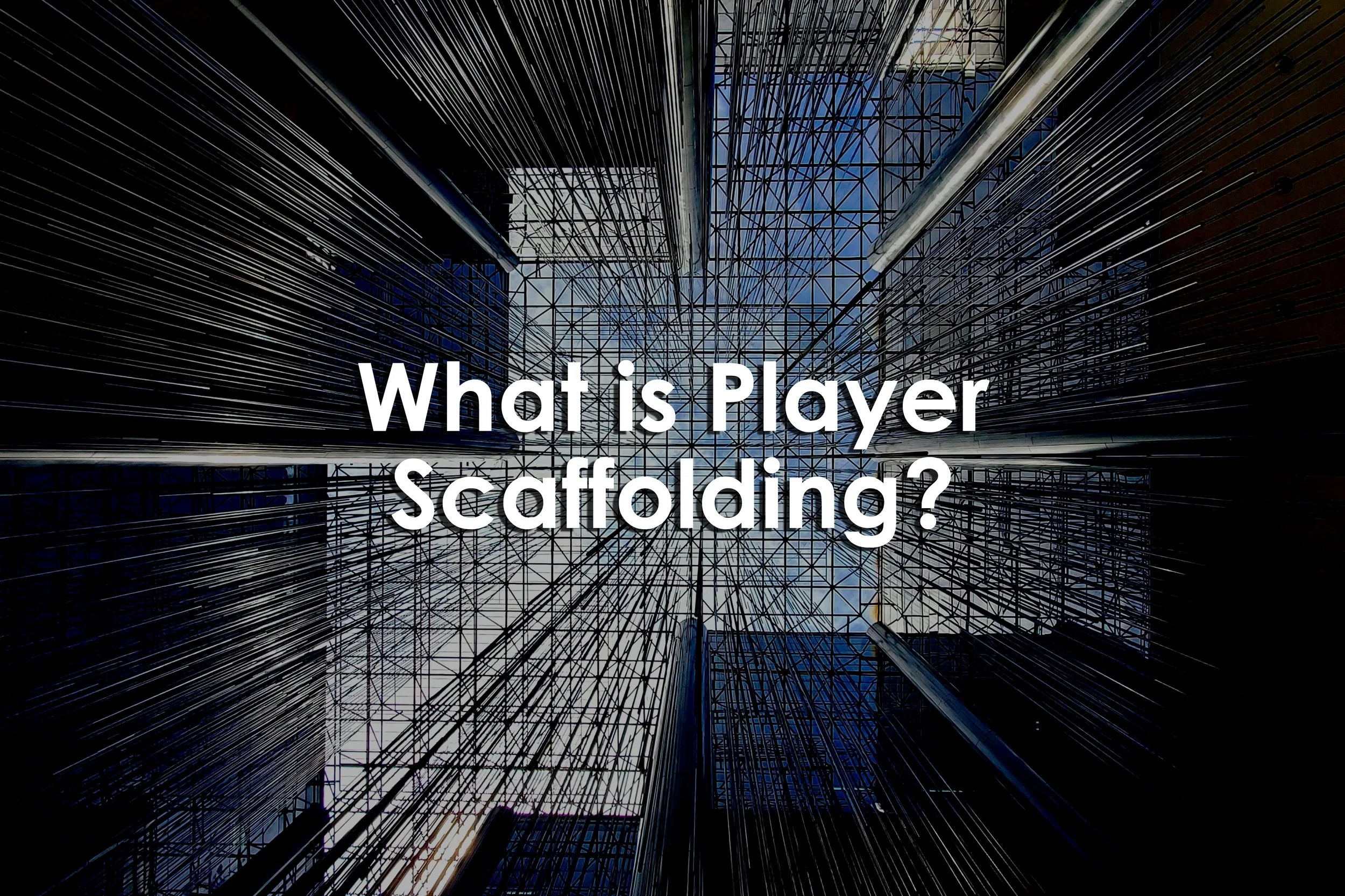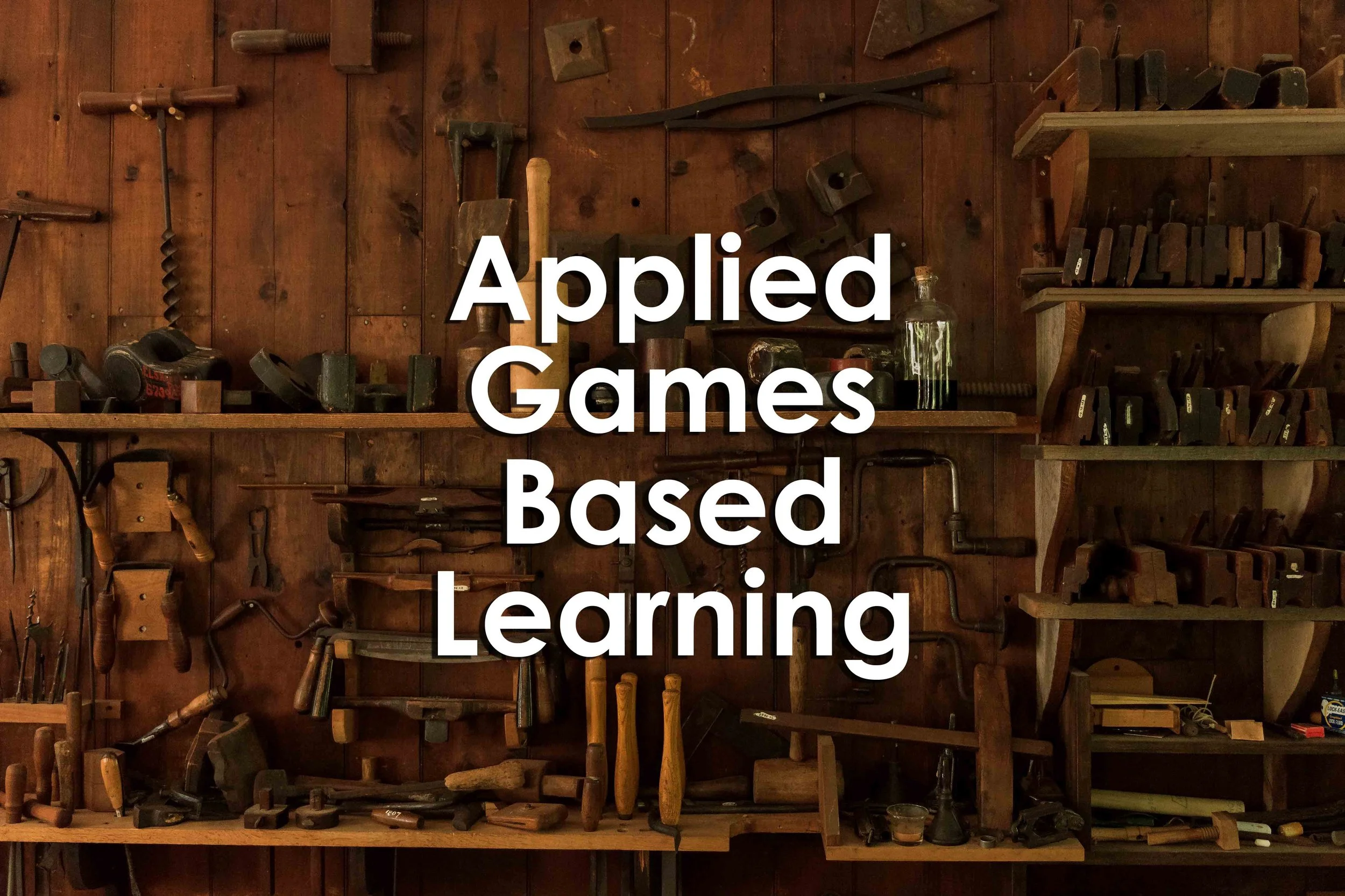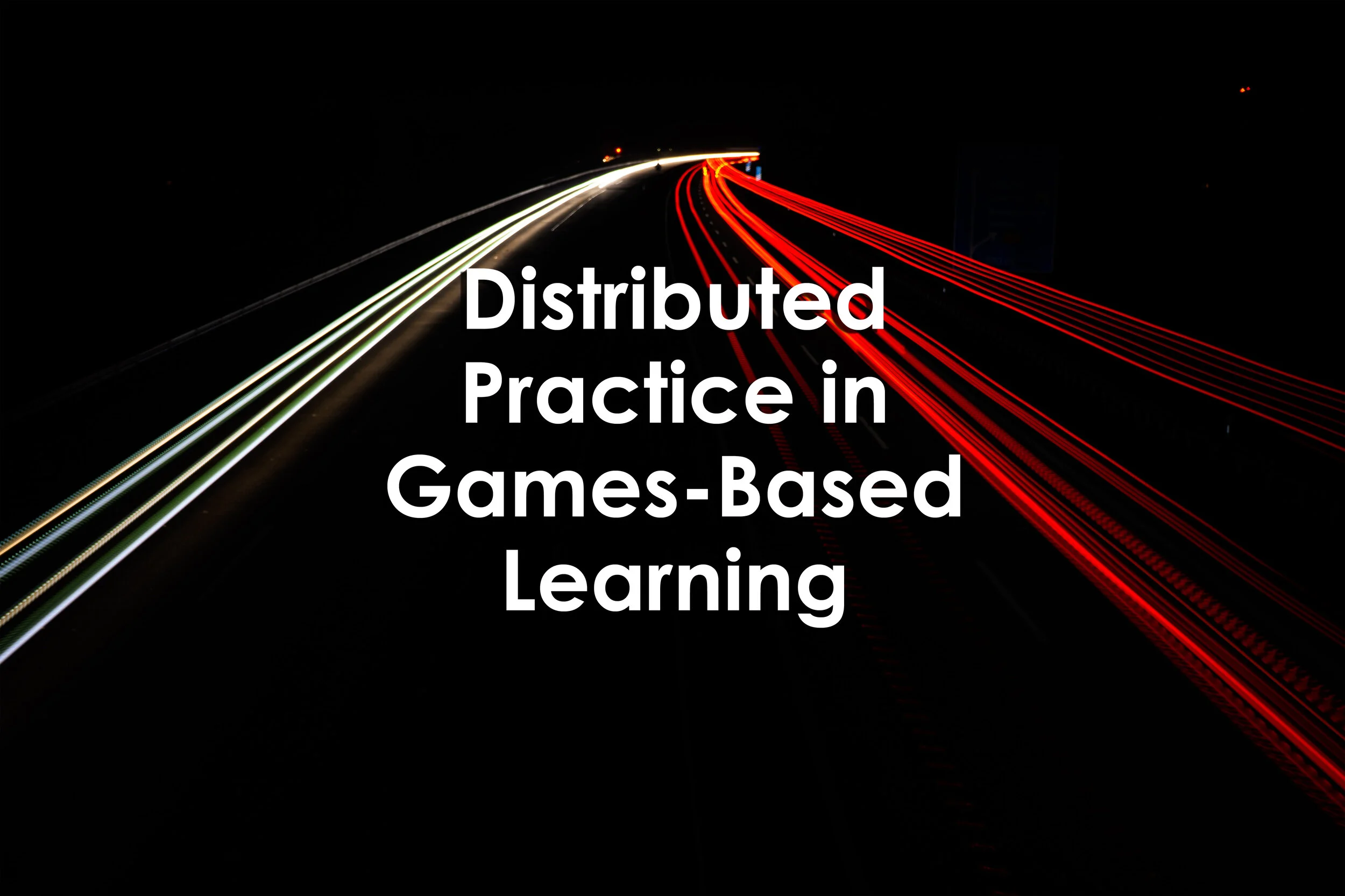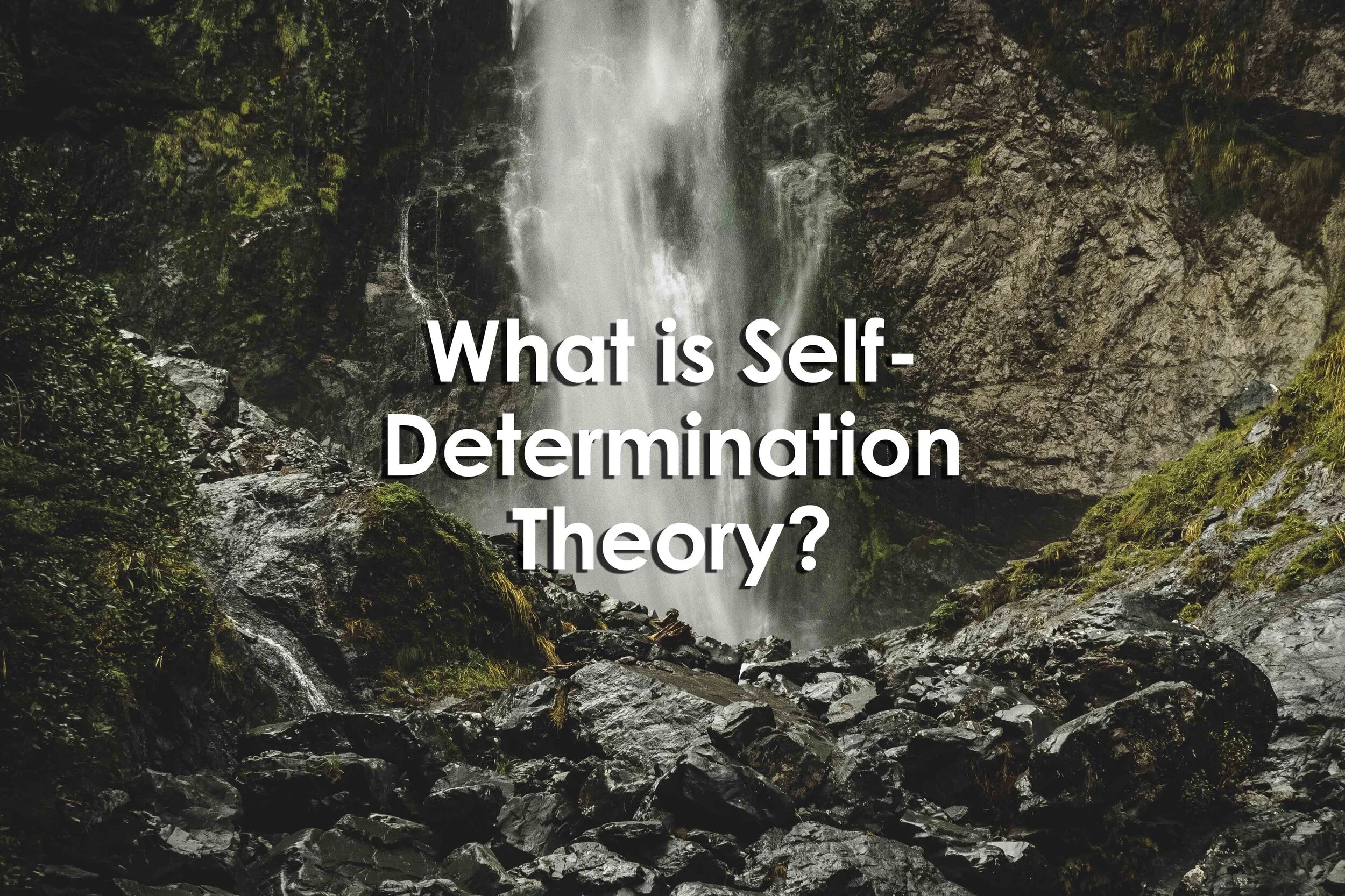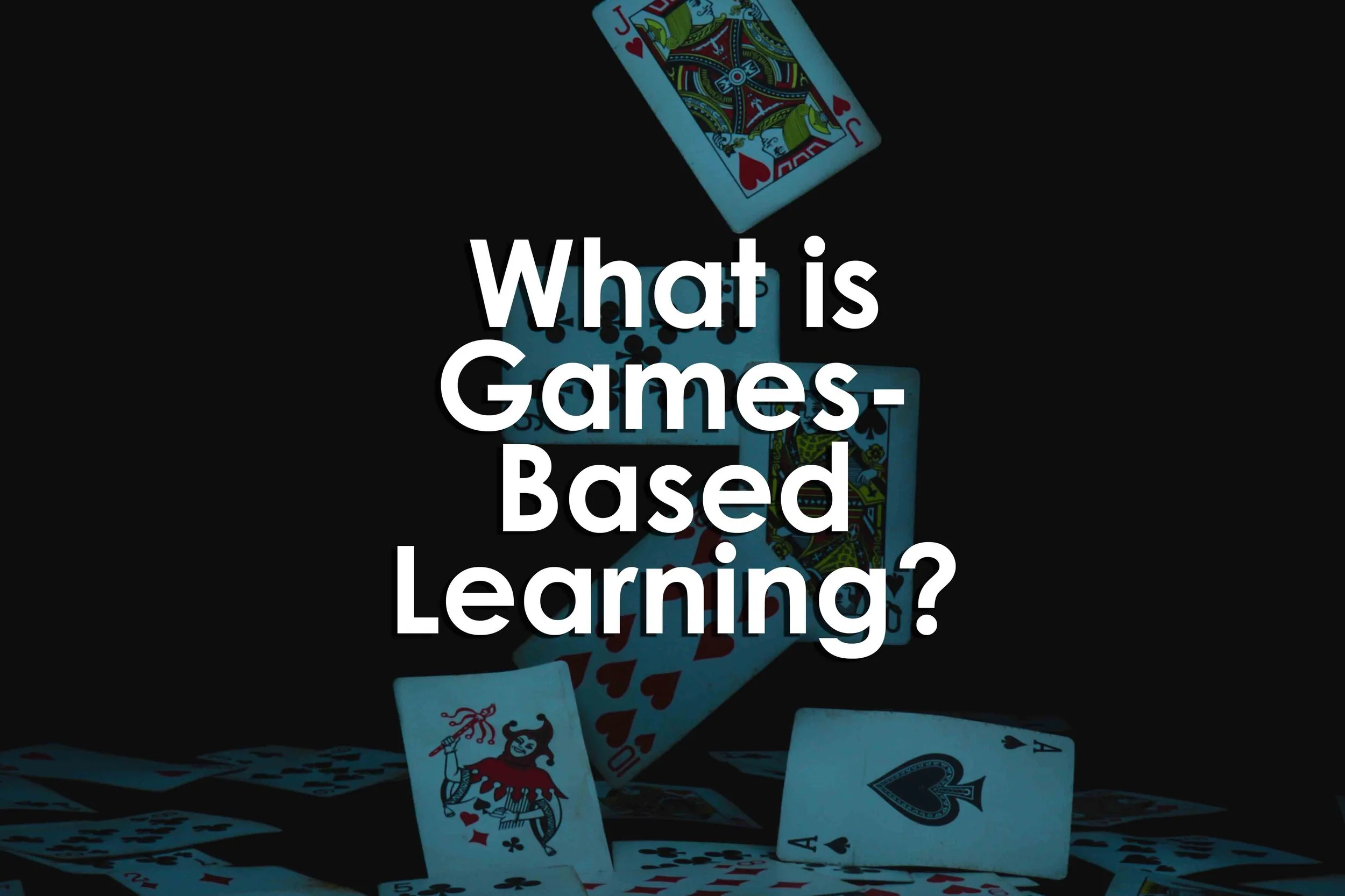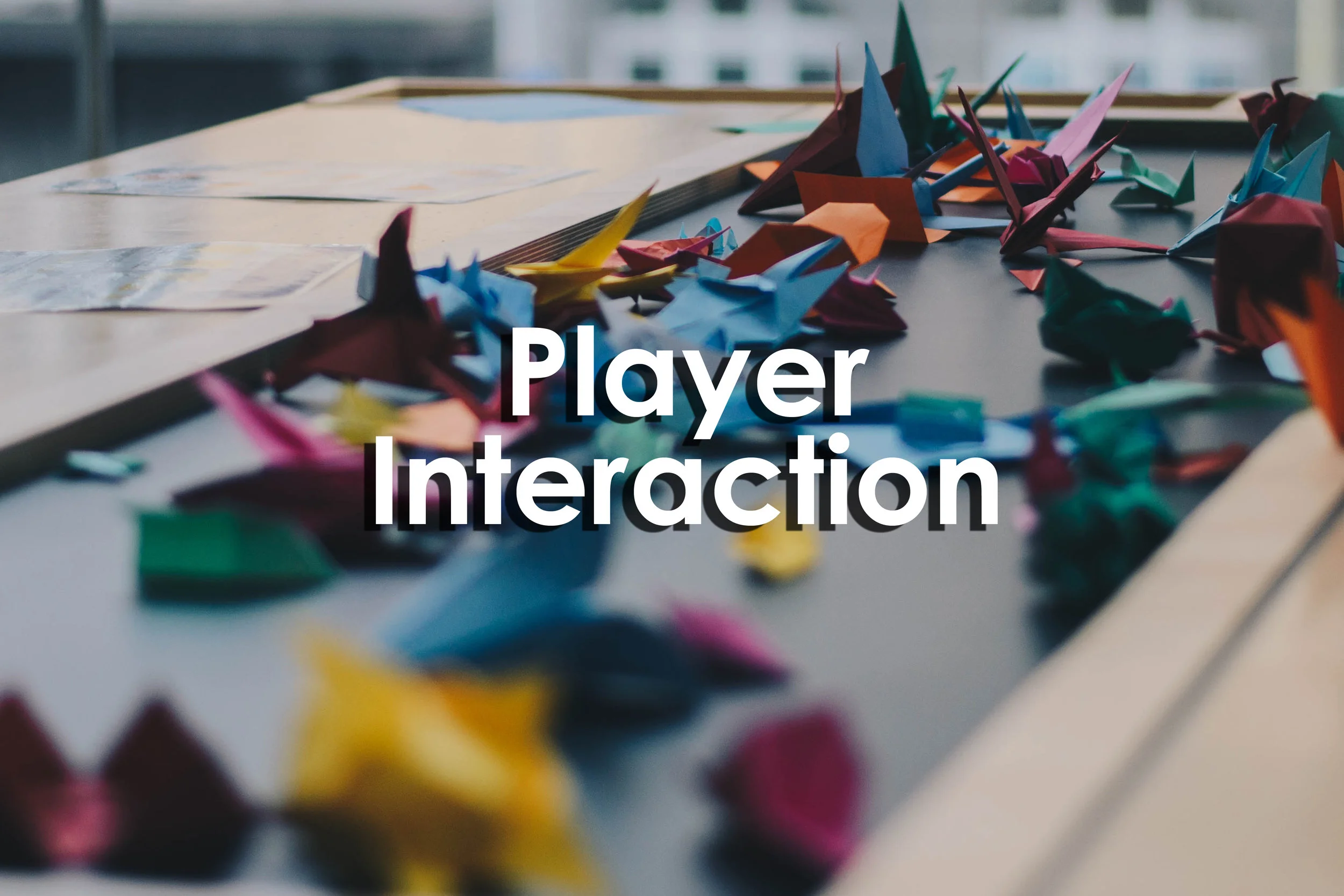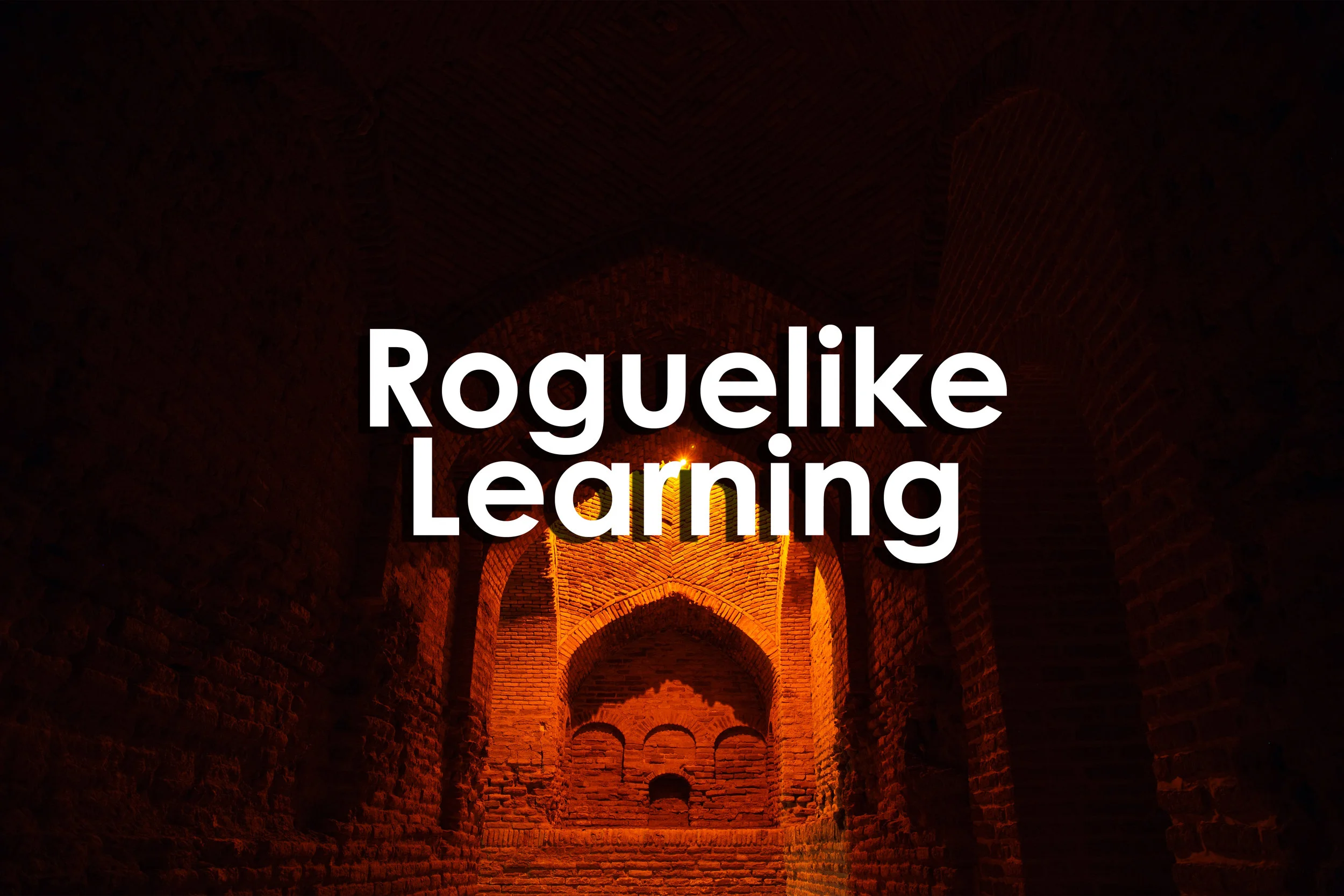This article will define tactics and strategy and then compare the two in both structure and application. Both tactics and strategy have a specific and special relationship with one another. This relationship often defines the philosophic considerations of what exactly goes into tactical and strategic decision making. This relationship will be explored through several different examples of tactics across different domains.
Read MoreThis article will address the steps necessary for adapting games for learning. It’ll cover why educators should first adapt games for games-based learning. Challenges that educators often face with adaptation will be addressed as well as how a strategy can be outlined for game adaptation.
Read MoreThis article covers the concept of player relevance in depth. Specifically, it defines the term “player relevance” for the context of this article. Player agency and its relationship to player relevance will be covered and discussed. The decision space and individual motivations are equally important for determining player relevance. Therefore, this article will discuss both in relationship to the player journey.
Read MoreThis article will review scaffolding in both an educational and games-based context. Uses of scaffolding will be discussed as well as how it affects and influences individuals’ learning and metacognition. Like many things games-based learning related; scaffolding relates highly to the learner and player experience. So time will be spent relating scaffolding to the experiences of the individuals learning and playing.
Read MoreThis article will review why players reflect. It includes an in-depth analysis of players’ reflection in games-based learning as well as how introspection plays a role in game play. Reflection is compared to metacognition and the overall effect this has in its affect on the player experience.
Read MoreThis article will provide an overview on debriefing as well as the fundamental reasons why debriefing should be included in games-based learning. Games-based learning is part of the experiential learning cycle. So, a connection on this method of teaching and learning will be made as well as how instructors can outline goals for debriefing.
Read MoreThis article will define expectancy theory as well and describe its origins for understating human motivation and behavior. Motivation will also be covered as a facet of the educational process as well as expectancy theory’s origins in management as a way to better connect employee performance and rewards.
Read MoreThis article will review the use of games-based learning as well as reiterate the main reasons why you should consider using it in your teaching and instruction practice. Games-based learning as a student centered approach will be discussed as well as how gameful applications can be explored in education.
Read MoreThis article will review and define serious games. A brief history of serious games will be shared along with some of the best reasons for using serious games in teaching and learning. The impact and ramifications of using serious games in the classroom will be discussed as well as the role that educators play in integrating serious games in their practice.
Read MoreThis article will define distributed practice as a concept of spaced practice with intervals of rest in between. This is compared to massed practice where all of a learner’s activity takes place in one sitting. Distributed practice takes advantage of the “spacing effect” of separating times of practice, study, and engagement. This helps with students’ retrieval and successful application of learning as distributed practice’s biggest asset. Details for how distributed practice is structured as well as time intervals between student sessions will be covered. Instructor strategies for implementing distributed practice will be included as well as how to design for distributed practice in games-based learning.
Read MoreThis process of knowledge construction - especially game knowledge - is called constructivism. This article will examine and define what constructivism is. Constructivism as applied to education a will be outlined as well as how constructivism is applied in other aspects. Constructivism as it is applied in educational practice will be examined and how the roles and expectations of both instructions and students are identified. Learning as the transformation of experience into knowledge will be described - especially how experience relates to interaction; choice; feedback; and socialization in games-based learning. Finally, this article will examine constructivism as a metacognitive experience for learning and how educators can use commercially available games for applied games-based learning.
Read MoreThis article will provide an overview of self-determination theory and how the three needs of autonomy, competency, and relatedness influence player motivation. Intrinsic vs. extrinsic motivation will be discussed in addition to how feedback loops affect the player experience. Self-determination theory in its application to both games and games-based learning will be shared. Self-determination theory’s applications outside of games and teaching will also be discussed.
Read MoreThis article covers why we should use games for learning as well as includes a definition of games-based learning. Games-based learning often gets confused with gamification; so this article will discuss the differences between the two. Lastly, the article will cover how skills are developed through games-based learning as well as how to use games-based learning in your own practice.
Read MoreThis article will cover the different areas that games-based learning can be used for addressing soft skills development. This article will cover cognitive internal development; relational development; as well as how games can be used to develop students’ communication and creativity. This article will close with actionable items for using games-based learning to achieve these skill competencies.
Read MorePlayer interaction is an important characteristic to consider when designing games. The designer has to answer the questions “How is the player going to interact with the game? How will the player interact with other players? what kind of decisions can the player make?” All of these questions should be answered when designing for player interaction. What specific role does player interaction play in game design?
Read MoreThere’s a special appeal to playing really hard games. Games were you have to grind it out over time to get anywhere. A type of those really hard games are called roguelikes. But what makes them hard? What makes them appealing? Most importantly: how can we use the difficulty of roguelike games for games-based learning?
Read More



